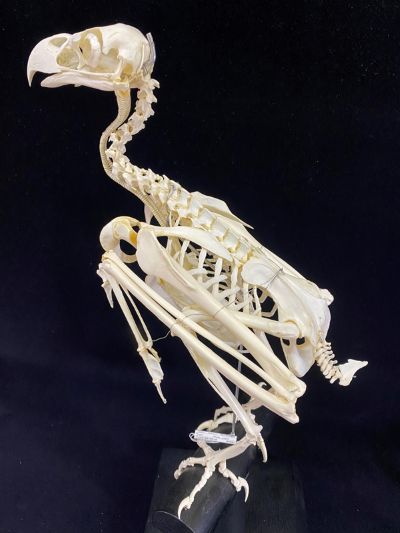
Figure 1: A skeleton of a Steller's sea eagle, of northeastern Asia, one of more than 388 tetrapods that Kyogo Kawaguchi's team analyzed. They determined its vertebral formula to be '13, 6, 0, 15, 8'. © 2025 RIKEN Center for Biosystems Dynamics Research
By analyzing the arrangement of vertebrae in the spines of nearly 400 species of tetrapods-a group of animals with four limbs, such as mammals, reptiles, and birds-RIKEN researchers have found some follow a predicted pattern, whereas others do not1.
Your neck has the same number of bones as a giraffe's. In fact, nearly all mammals have seven neck vertebrae. In contrast, birds have anywhere between 9 and 25.
Of the five spine regions, the neck is nearest to the head. The other four are the regions around the rib cage, lower back, pelvis and tail.
The number of vertebrae in each region varies between species; it is known as the vertebral formula. For humans, it is typically '7, 12, 5, 5, 4'.
A team at the RIKEN Center for Biosystems Dynamics Research (BDR) has been exploring the patterns in the vertebral formula between different species, and the underlying explanations for them.
"There's a tight connection between the vertebrae and Hox genes," explains biophysicist Rory Cerbus, a member of Kyogo Kawaguchi's team. "We speculated that the genes, or something regulating them, is behind the different vertebral formulae of different species."
Hox genes are interesting "because they're highly conserved, occurring in many species, from flies to humans," says Kawaguchi. "They're involved in determining the body's makeup."
Now, Cerbus, Kawaguchi and Ichiro Hiratani, all of BDR, have amassed the most comprehensive dataset of complete vertebral counts for tetrapods, including some long-extinct species. This research involved visiting natural history museums, examining computed-tomography scans, and scouring anatomical books.
Using this database, the trio investigated the relationship between the vertebral formula and Hox genes across various species.
"Perturbing Hox genes in mice often yields a particular change in the vertebral formula: if one section gains a vertebra, a neighboring section loses one," explains Cerbus. "Thus, if Hox genes are responsible for determining the vertebral formula in all tetrapods, you would expect to find signs of these neighborly exchanges when comparing different species."
The team did observe these patterns for mammals. But they also found that other groups of tetrapods broke that pattern.
"We anticipated there might be this neat picture, where all the species-to-species variation in the vertebral formula would be in the form of vertebrae shifting between neighboring sections," says Cerbus. "Since we saw that in mammals, it means that line of thinking is in the right direction. If you want to study the diversity in the body plan of mammals, Hox genes are apparently really important."
However, since not all tetrapods follow this pattern, the picture is more complex when you look across the wider group of animals. Hox genes are still doing something in groups such as birds and amphibians, says Kawaguchi, "but apparently they're used in a different way."
*Kyogo Kawaguchi is at the Nonequilibrium Physics of Living Matter Laboratory, RIKEN Pioneering Research Institute (PRI) from April 2025.






